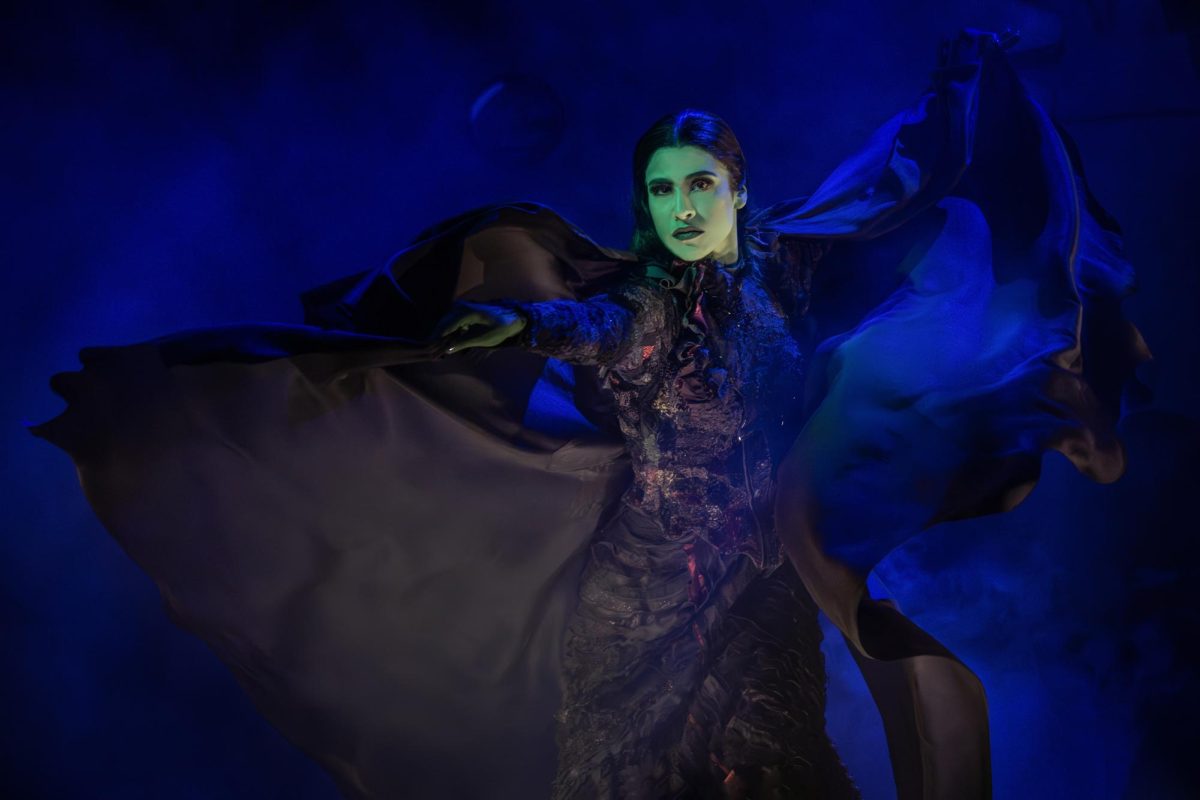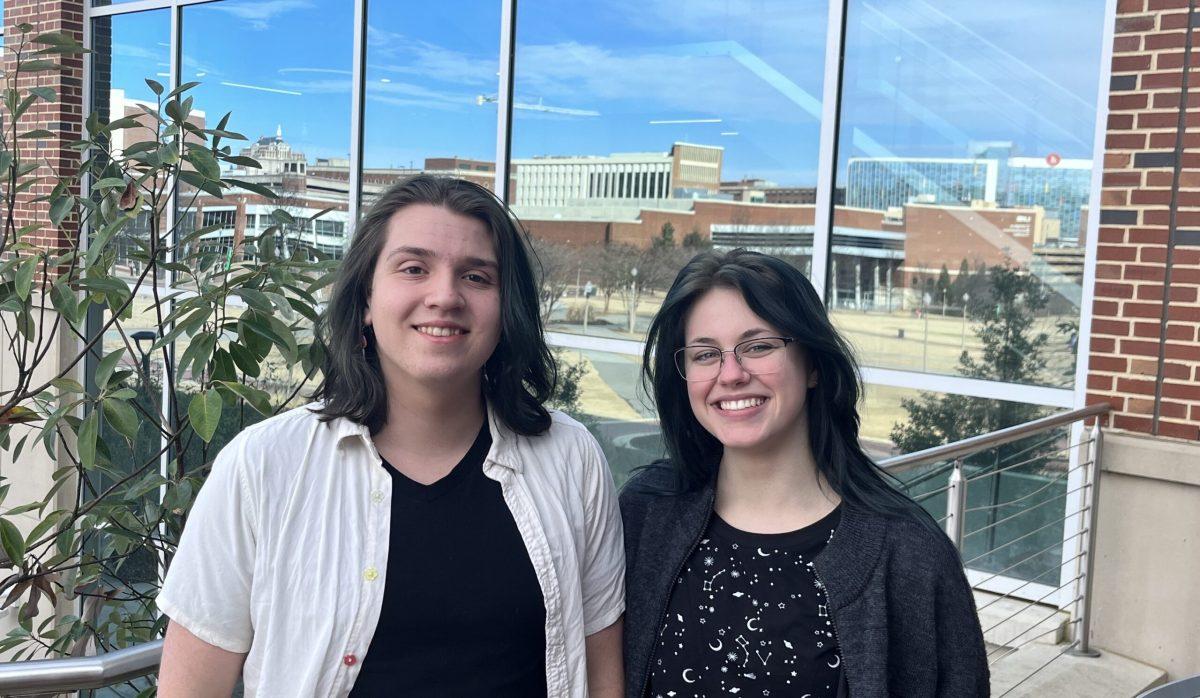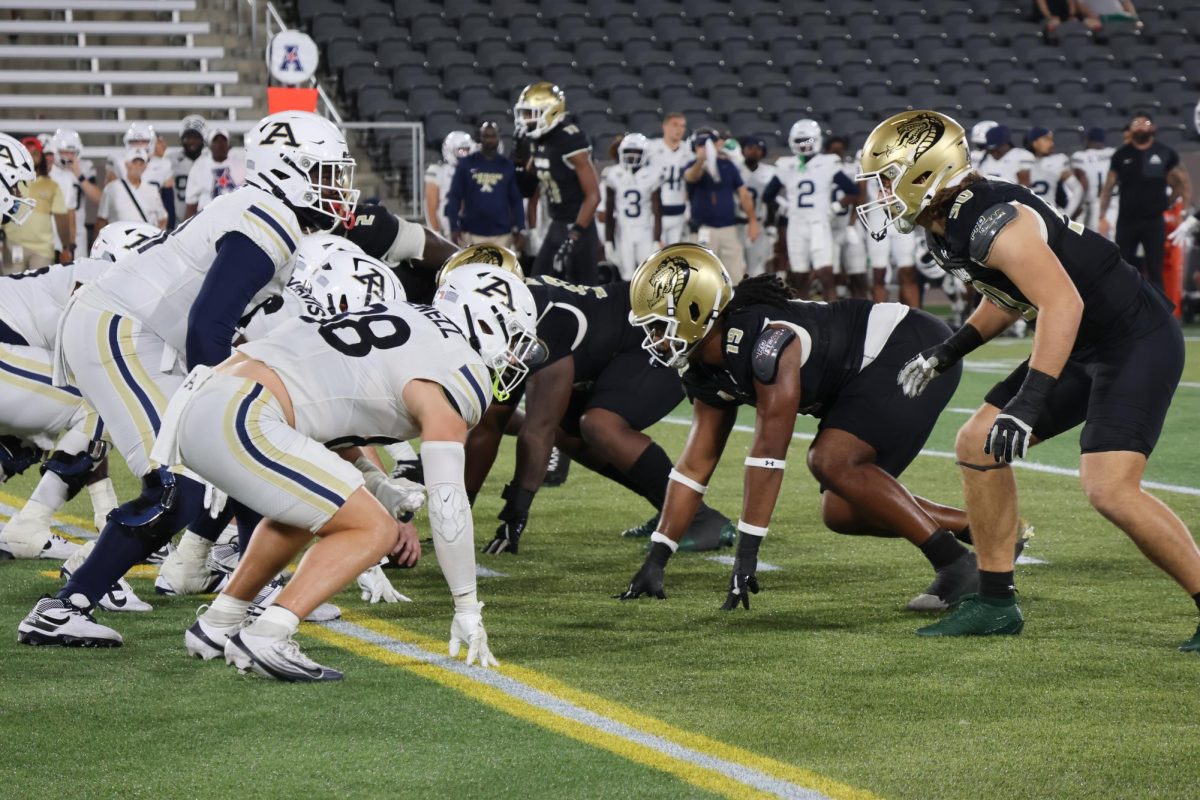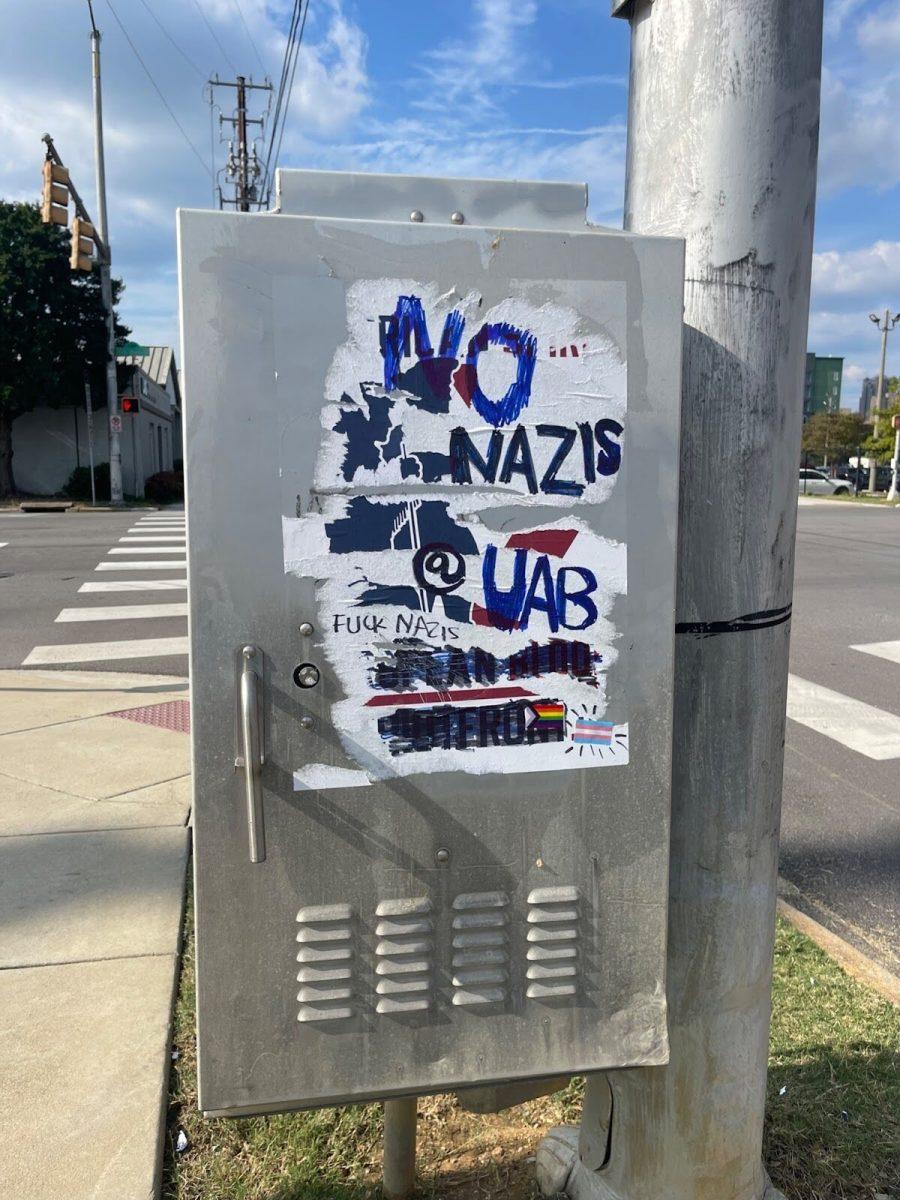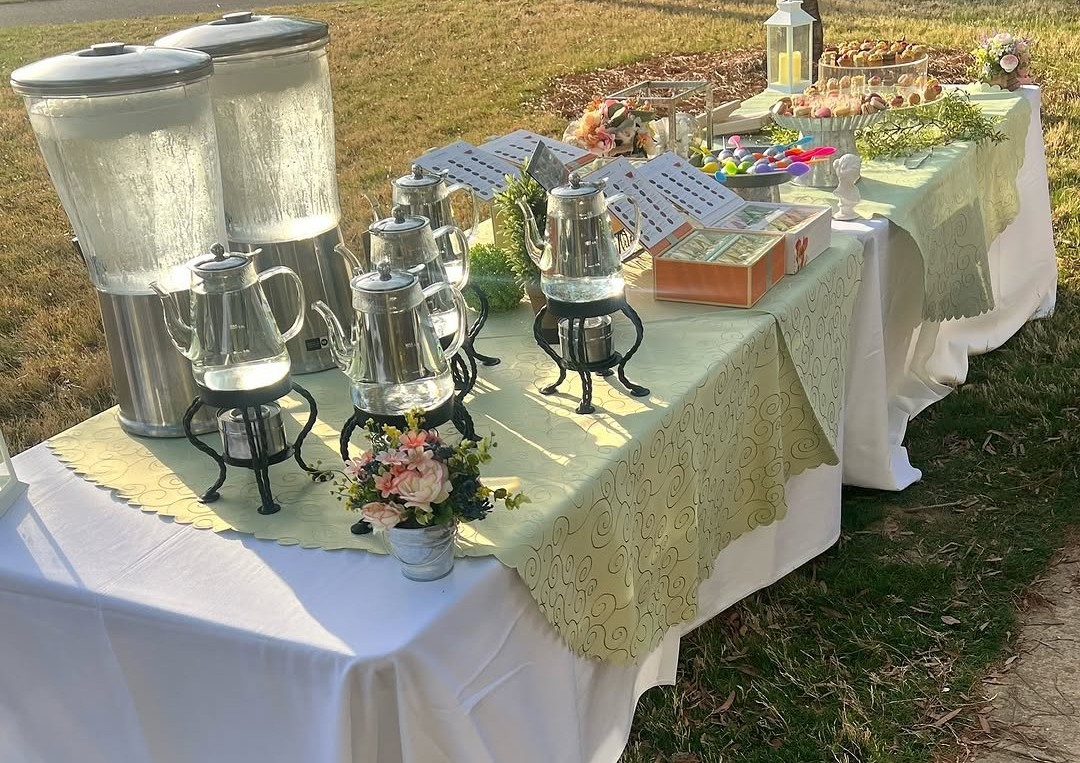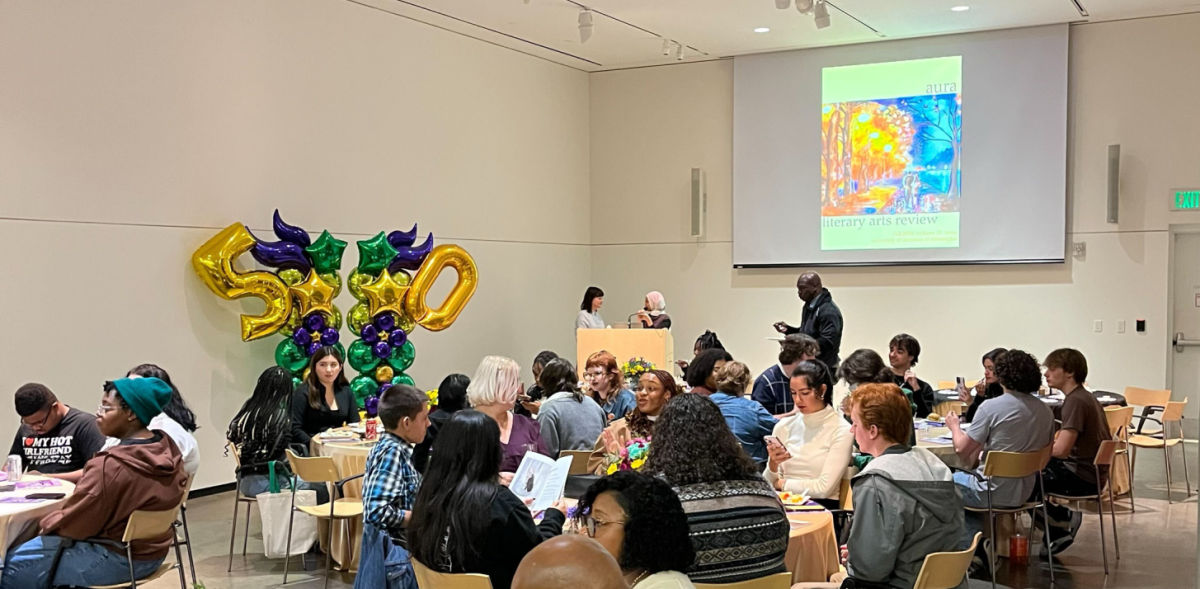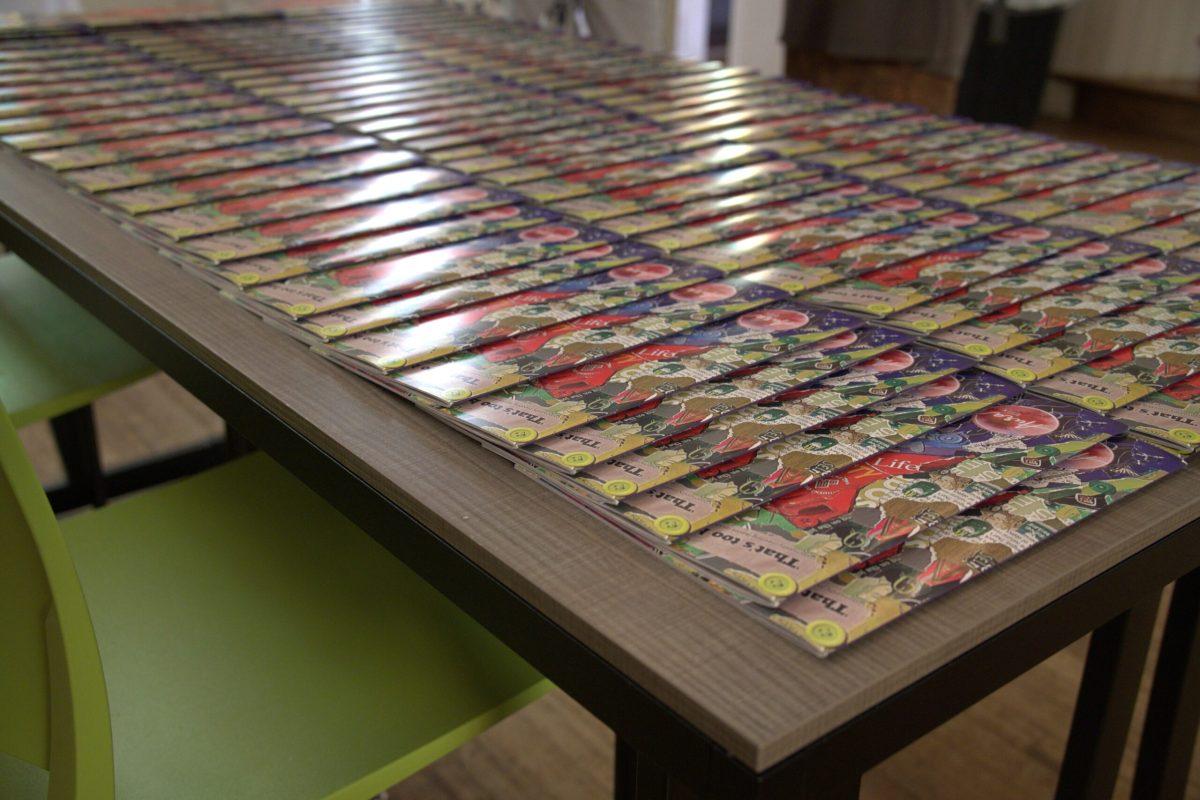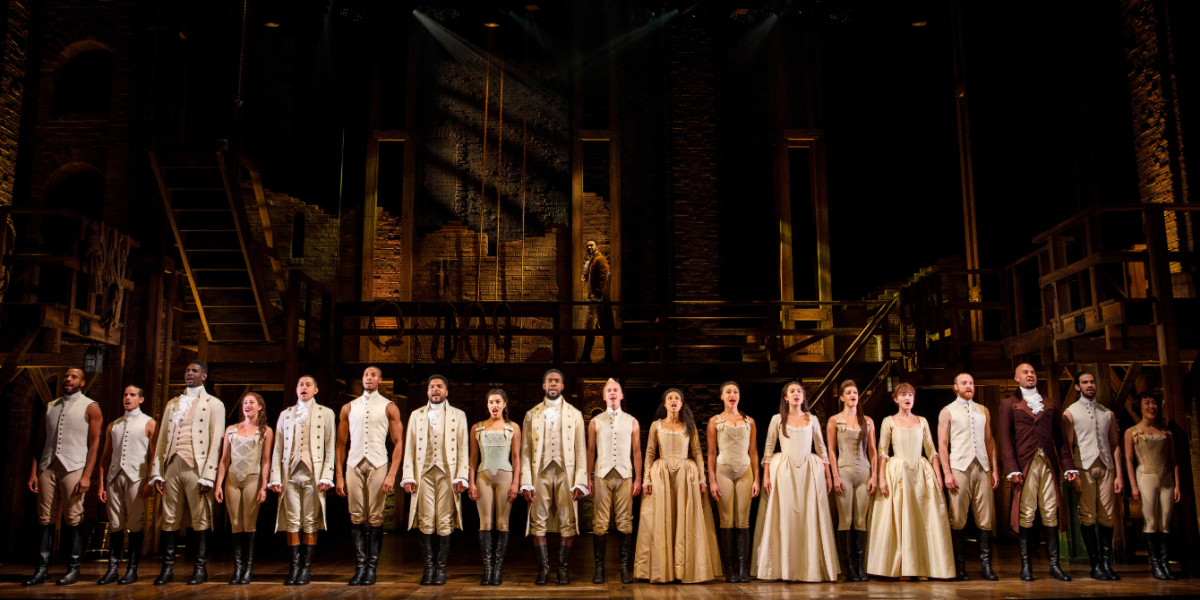Author: Lewis Bruce
“Last Night in Soho,” while not perfect, is a chilling and deeply compelling horror story about nostalgia, trauma and gender that will leave viewers hanging onto their seats. It shows promise for the future of director Edgar Wright’s career, as well as those of budding stars Thomasin McKenzie and Anya-Taylor Joy.
It is a dark, heady and cerebral addition to the Wright’s otherwise lighthearted filmography.
Gone are the director’s signature crash zooms and smash cuts that made films like “Scott Pilgrim vs. the World” and “Baby Driver” so distinctly likable. In their place, a dazzling assortment of beautiful sixties set pieces paired with decadent neon reds and blues, all painted against the screen with beautiful cinematography, and an infectious sixties pop-rock soundtrack not unlike the excellent music of Edgar Wright’s past films.
Set in present-day London by day and 1960s London at the height of its swing era by night, “Last Night in Soho” follows aspiring fashion designer Ellie Turner (Thomasin McKenzie) as she adjusts to the borderline- oppressive lifestyle of the big city after leaving behind her simple rural life. As Ellie sleeps in her historic and faintly enigmatic apartment, she has vivid dreams in which she experiences the life of Sandie (Anya-Taylor Joy), a talented young singer and dancer on a desperate quest to make her name known.
Sandie and Ellie reflect one another in their hopes to be something greater as young women in a city so enduringly patriarchal. Both characters carry with them the collective trauma of their predecessors, and both have an undeniable talent that feels wasted on a world that values them only for their bodies.
There’s no better manifestation of the trauma faced by these women than the actual monsters of the film:, the ghosts of men that have abused Sandie in her search for stardom. Lingering on the fringes of the second act and dominating the third act, these imposing, faceless figures appear to Ellie in both her dreams and her waking life as the two slowly begin to bleed together. These ghosts’ presence on- screen was utterly terrifying.
Wright does horror with surprising proficiency for his first film in the genre. “Last Night in Soho”, over the course of two hours, slips from a slightly edgy drama to a gruesome, disturbing tale of the consequences of blindly following rose-colored nostalgia.
Many scenes, especially those in which Ellie is forced to come face-to-face with the ghosts that had previously only haunted her dreams, left me genuinely gripping my seat, sometimes thanks to the visual effects department but most often thanks to the stellar performances of McKenzie and Taylor-Joy.
McKenzie lends an enamoring portrayal of a woman completely terrified of the story unfolding around her. And Taylor-Joy — much like her character — displays acute skill in both singing and dancing. Their positions among the newest class of top-tier actors have undoubtedly been solidified.
Despite being thoroughly enjoyable, the film is not without its shortcomings. The plot struggles to find its footing in the first act, leaving viewers to guess whether they’re watching a college drama, a discounted “Cruella” or somewhere in between. Once things fall into place, though, the confusion of the movie’s beginning feels easily made up for. The ending also feels somewhat muddy, with a predictable reveal and a few minor holes in the end of the slightly twisty plotline.
These grievances aside, “Last Night in Soho” is an excellent entry into the catalogue of not just Edgar Wright’s work, but also Thomasin McKenzie’s and Anya Taylor-Joy’s. Everyone brings their A –game, and while that doesn’t make the film perfect, it makes it one of the best theater experiences 2021 has offered so far.












